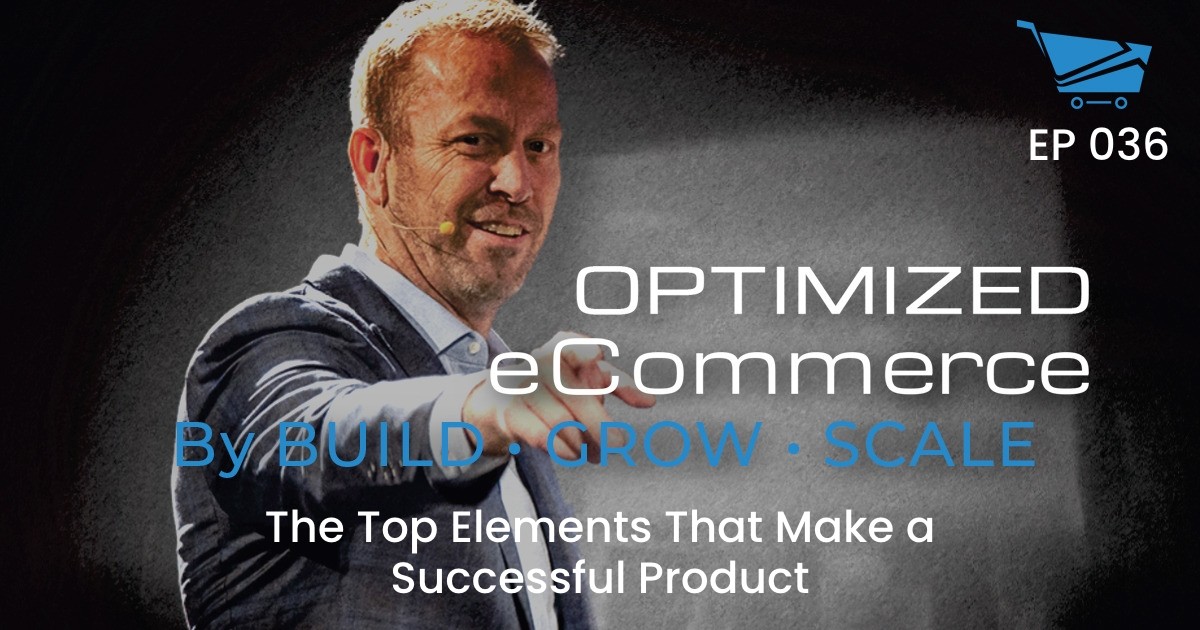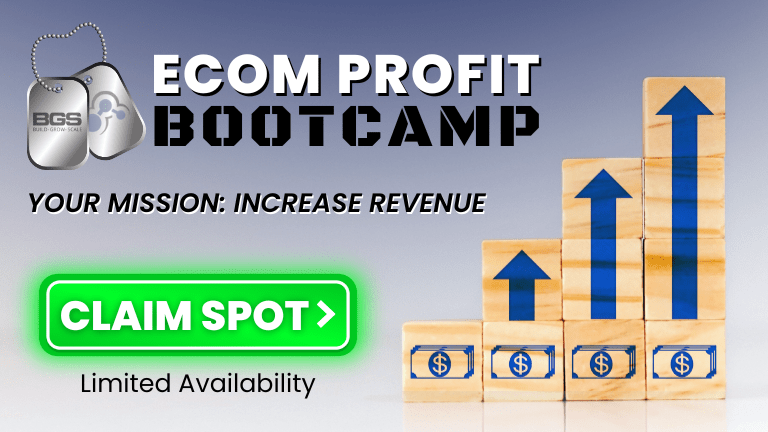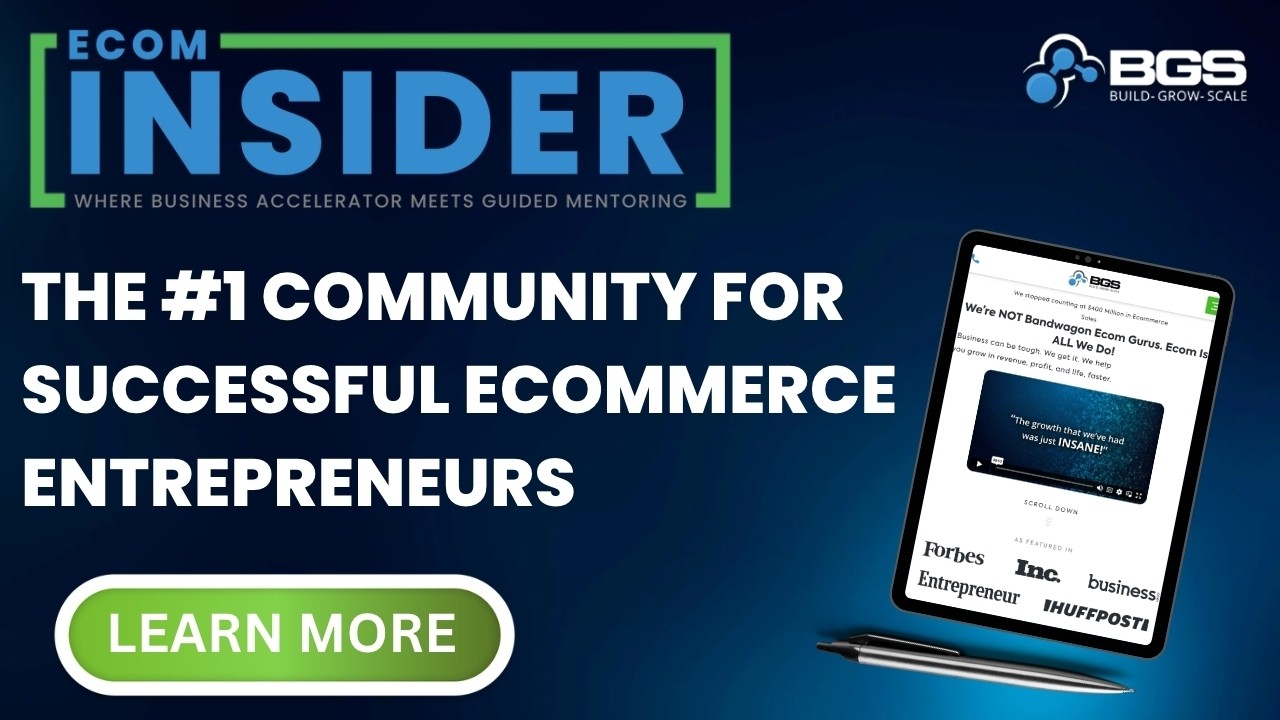Optimized Ecommerce EP 036 – The Top Elements That Make a Successful Product

Welcome to Episode 036 of Optimized Ecommerce – The Top Elements That Make a Successful Product. I’m your host, Tanner Larsson, CEO of BGS.
BGS means Build Grow Scale! It is a community that we founded where eCommerce entrepreneurs and physical product sellers come to learn how to take their businesses to the next level.
In this week’s episode, I’m going to talk about a very important topic that people are always asking about. It is one of the biggest things in terms of people in the eCommerce game, starting an eCommerce store, and the beginners in this industry. And that question is — What does it take to create or sell a successful product? We’re going to dive right into that in this episode.
Here’s just a taste of what we talked about today:
The Product Doesn’t Matter!
The product is the thing that everybody thinks is the most important. For example, in the jewelry business. People would say “I sell jewelry”. The product is the jewelry, that product is what they do, so basically, they are in the jewelry business. But that is not the reality, the business is marketing. It just so happens that the product that they sell is a jewelry and it goes even further than that. Most people get so fixated on the product itself than what lies behind the product.
You can have great products. But if you don’t know how to sell, if you don’t have a marketing plan, if you’re not good at selling it, if you don’t have an optimized store. No matter how good your product it is not probably going to sell.
Here are 5 things that make a “Successful product”:
- Branding
- Strategic Marketing
- Multi-Channel Advertising
- Product Positioning
- Mastering Your Metrics
The 6 Rules of Product Selection
- Sell what is already selling.
- Don’t complete with “name brand” products.
- Build a brand, not an income stream.
- Know your numbers before you start.
- Don’t be afraid of competition.
- Plan on “marketing” your product better.
We also discussed a few other fun topics, including:
- Requirements for product selection.
- Product selection goals.
But you’ll have to watch or listen to the episode to hear about those…
How To Stay Connected With Tanner Larsson
Want to stay connected with Tanner? Please check out their social profiles below.
- Facebook: Facebook.com/buildgrowscale
- Twitter: @BuildGrowScale
- YouTube Channel: Youtube.com/windowsuccess
Resources
Also, Tanner mentioned the following items on the show. You can find that on:




